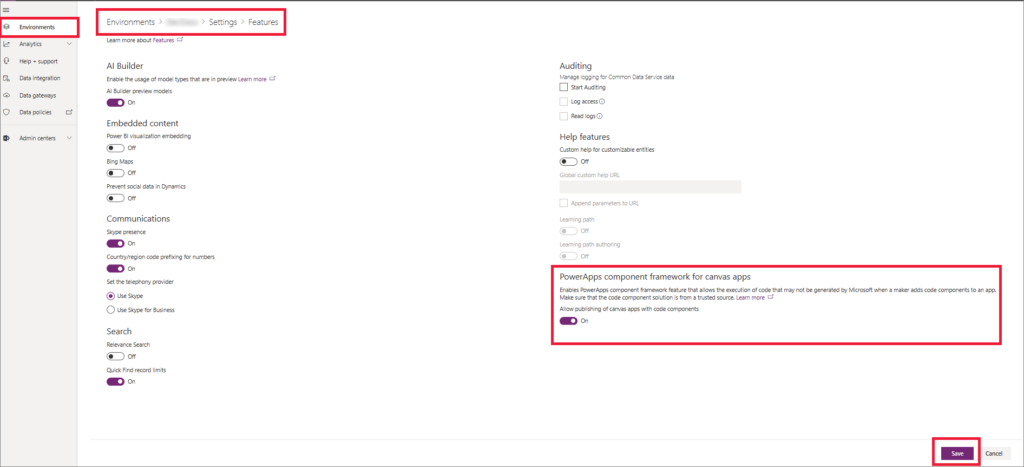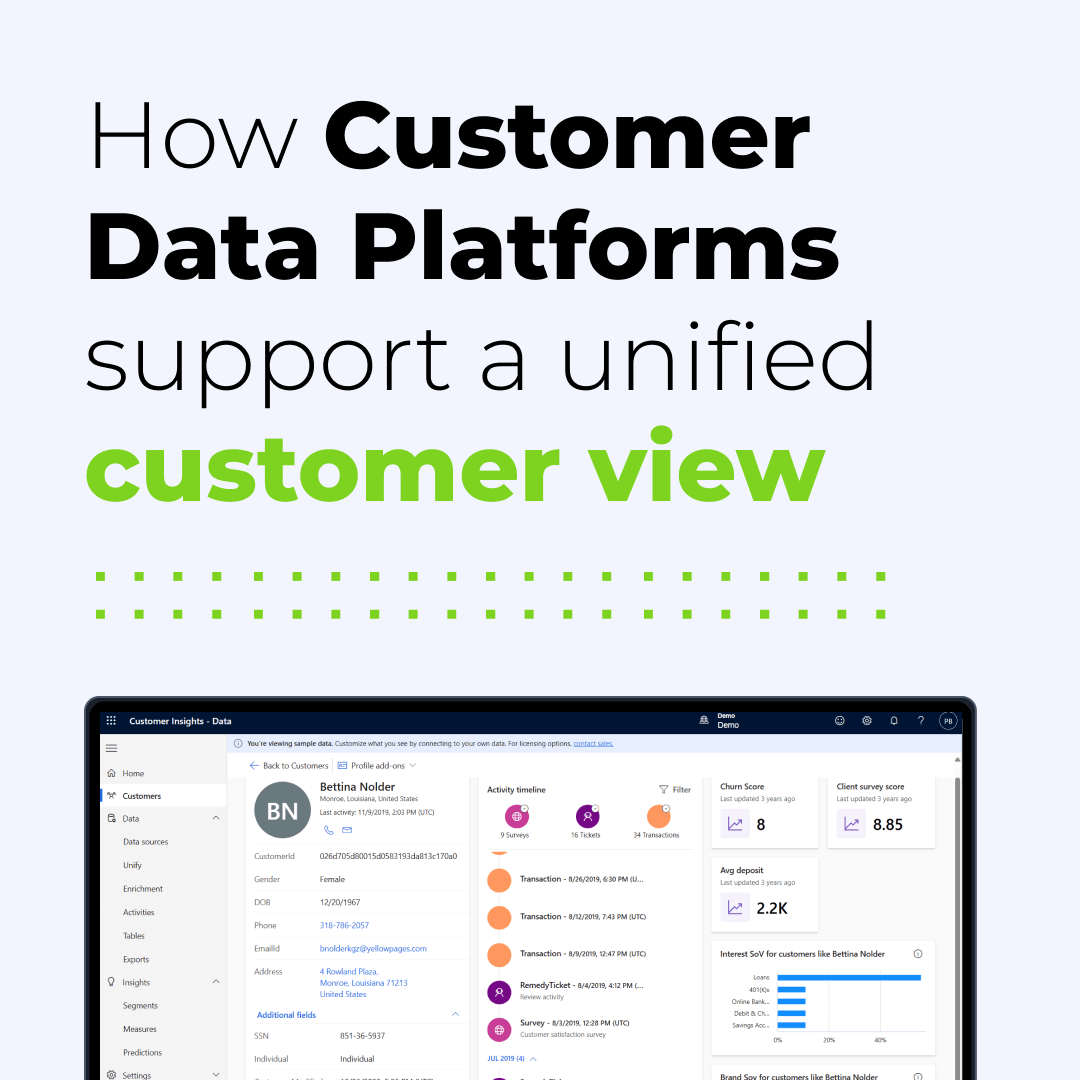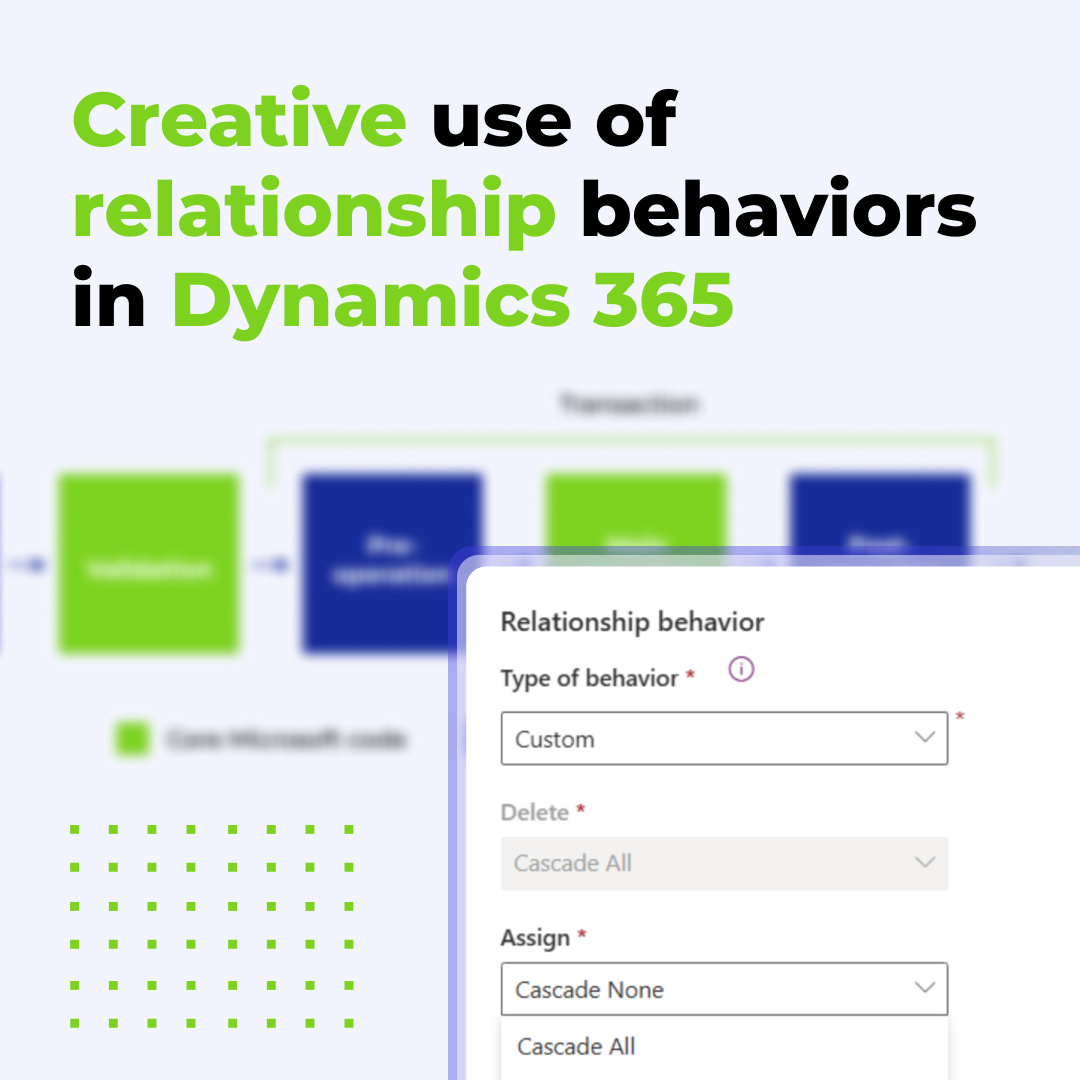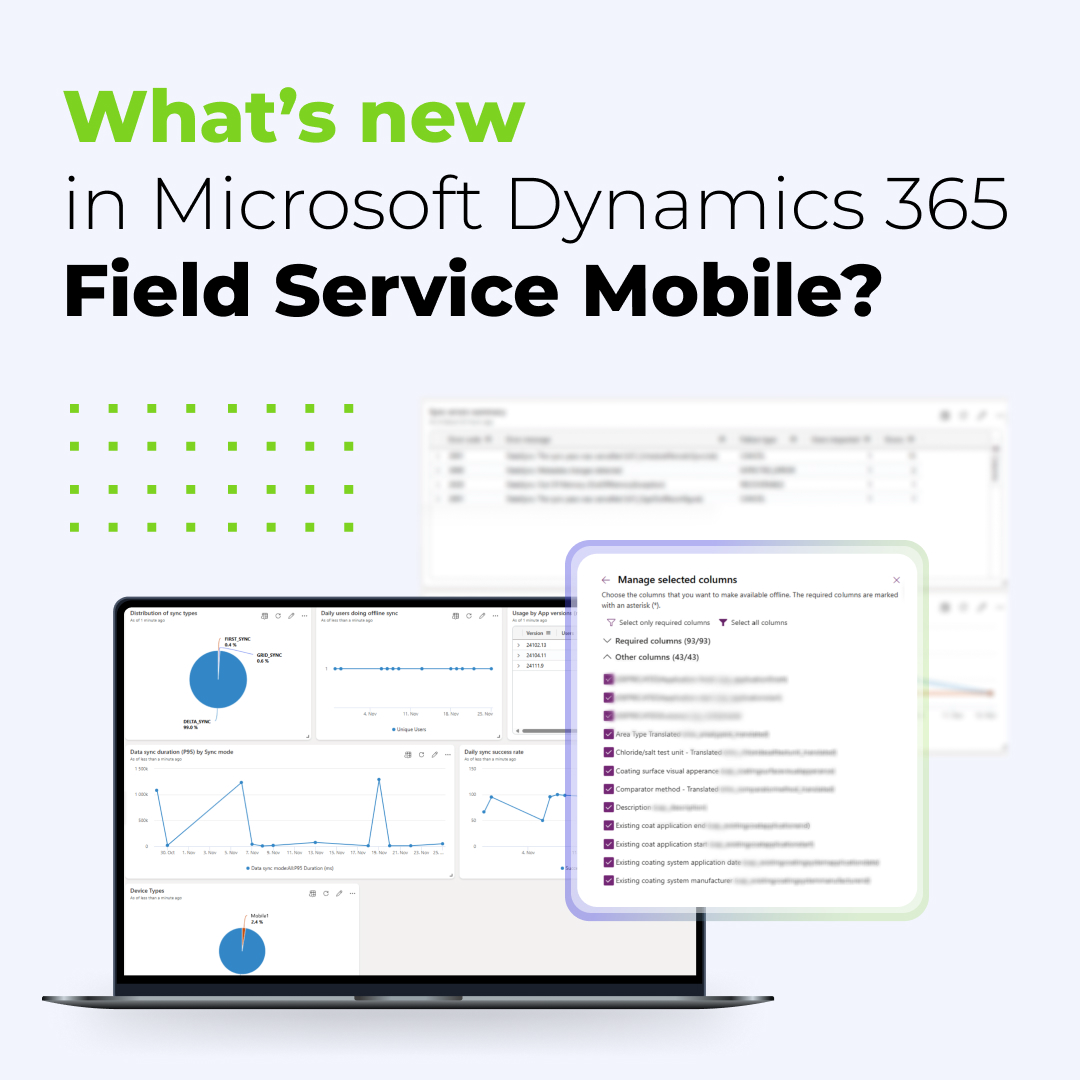
The Power Apps Component Framework (PCF) is an innovative low-code solution that can significantly impact the scope, timeline, and cost of implementing new business applications. By using PCF, organizations can greatly enhance their experience with Microsoft Power Apps and Dynamics 365.
What is PCF (Power Apps Component Framework)?

What are the key features of PCF controls in Dynamics 365 and Power Apps?
Reusability
Portability
Caching
Extensibility
- connecting to additional data sources,
- managing the lifecycle of components,
- accessing contextual data and metadata within the Dataverse,
- using device functions such as the camera, location, and microphone directly within your application.
What are the advantages of using PCF components?
Tailored user experiences
With the Power Apps Component Framework, it’s possible to easily create custom components that are fully aligned with how your organization uses Dynamics 365 and Power Apps. They’re fully adaptable to individual branding and accessibility standards. As a result, businesses can benefit from unique, customized solutions that deliver functionality comparable to applications built from scratch by a dedicated programming team, but with much greater efficiency.
Time and resource savings

Native Power Platform integration
A significant advantage of PCF is that it’s a native part of the Power Platform. This ensures seamless compatibility and collaboration with other Power Platform services like Power Automate (for workflow automation) and Power BI (for business intelligence). PCF components are also optimized for performance, leading to faster and smoother operation of applications within the Microsoft ecosystem.
Enhanced data interaction and insights
How can businesses use the Power Apps Component Framework?
Rich, interactive controls
Performance-driven applications

Adding device capabilities
Custom data interaction
How to get started with PCF?
The Power Apps Component Framework is included in your Power Apps license, so you don’t need to install it separately. You can enable it directly within your Power Apps Admin Center, in the “Environments” section.
Enabling the PCF controls in Power Apps (Source)

If you require further guidance on using PCF controls in Dynamics 365 to their full potential, don’t hesitate to reach out. We possess in-depth knowledge of the Power Platform and are ready to assist you in using its features to best support your business goals.
See the latest insights from Netwise
How Customer Data Platforms support a unified customer view
Discover how Customer Data Platforms turn data into a unified Customer 360° view, enabling real-time personalization with Customer Insights.
Read moreCreative use of relationship behaviors in Dynamics 365: How removing data from the Target field saved our project
In this article, we show how a unique client need led to a simple, creative solution beyond standard Dataverse features.
Read moreWhat’s new in Microsoft Dynamics 365 Field Service Mobile? (2025 Guide)
Discover new D365 Field Service Mobile updates enhancing performance and offline reliability for field teams.
Read more

